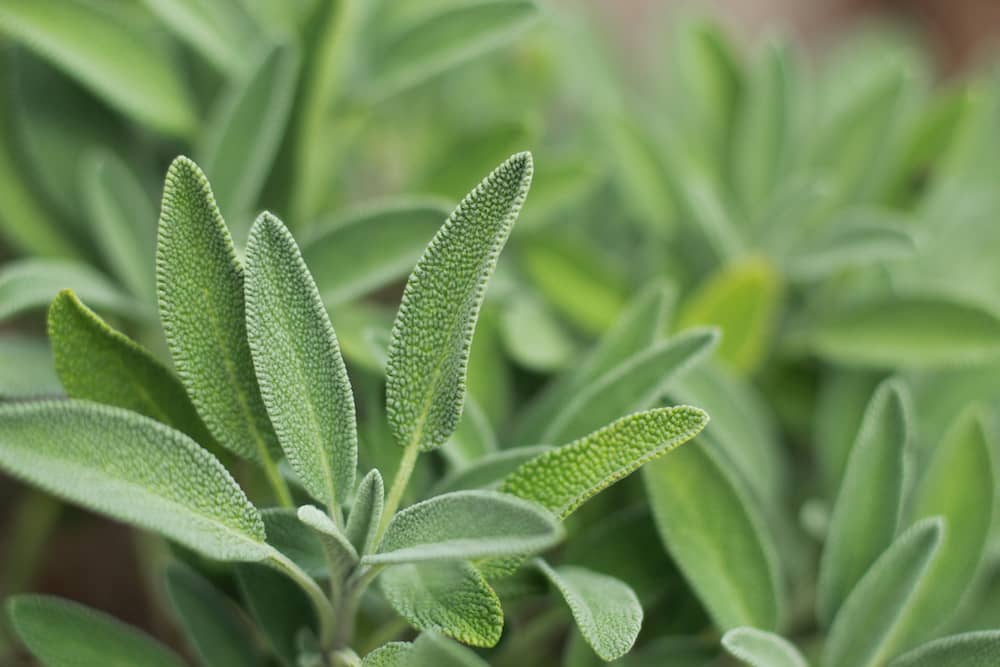Whether calling Greek Sage, Sage Triloba, or by its scientific name of Salvia Fruticosa, there’s no disputing the versatility of this herb. Sage Triloba originated in the Aegean islands and exported by Greek growers to the rest of the Mediterranean. Today, Sage Triloba is approximately 95% of the sage sold in America’s supermarkets.
The culinary uses of Sage Triloba have ancient roots and contemporary comforts. Thanksgiving turkeys make liberal use of Sage Triloba, and the best chicken salad sandwiches include Sage Triloba, basil, and thyme. It’s not just for poultry; Sage Triloba is in teas, pastries, and it’s also an aromatic garnish for plating.
Sage Triloba’s many medicinal uses make it a wonder-herb. Its textured leaf promotes scar healing and balances oily facial skin. The ancient Greeks relied on Sage Triloba to reduce coughs and clear out congested lungs. Sage Triloba is also one of the world’s earliest anti-microbial agents. It’s perfect for disinfecting wounds and keeping the body free of unwanted germs.
The ceremonial use of Sage Triloba dates back to ancient times. Muslim traditions are part of welcoming newborn children to the world, celebrating marriages, and honoring lives well lived at funerals. Sage Triloba is burned as incense at many Muslim ceremonies, and in the Western world, burning Sage Triloba is how unwanted spirits are cast out of a space.
Artiste is the best source for high-quality ingredients from around the world. Interested in knowing more? Need to know, ask Joe!
Share This

About atrga94
Related Posts
From the Source: France
Phone: (201) 447-1311 | Email: jraimondo@artiste.us.com




